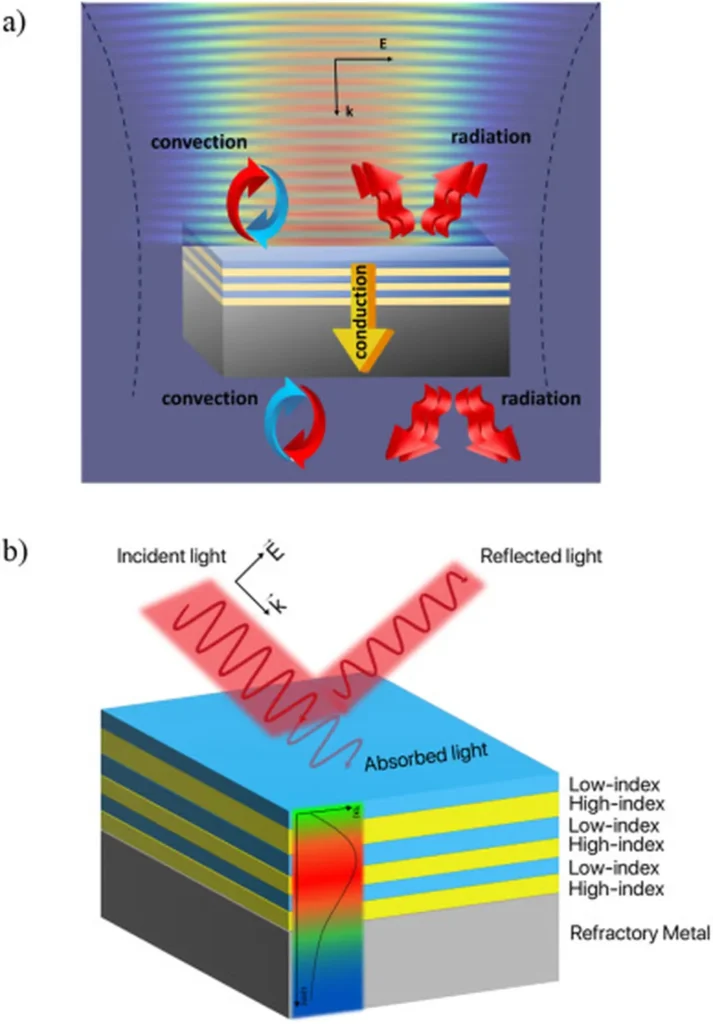In the quest for energy-efficient thermal management solutions, a team of researchers led by Tao Zhao from the Center for Composite Materials and Structure at Harbin Institute of Technology in China has made a significant stride. Their work, published in the journal *Materials Futures* (translated from Chinese as “Materials Horizons”), focuses on tungsten-doped vanadium dioxide (W_x V_1−_x O_2) polycrystalline films, which could revolutionize the way we manage heat in buildings and other structures.
The research addresses a critical challenge in the field of dynamic radiative thermal management (DRTM): the synthesis of high-quality crystalline W_x V_1−_x O_2 films. These films are known for their energy efficiency and environmental benefits, but their application has been limited due to difficulties in production. Zhao and his team have utilized high-power impulse magnetron sputtering (HiPIMS) to deposit highly polycrystalline W_x V_1−_x O_2 films with enhanced phase-transition properties.
The implications for the energy sector are substantial. By manipulating electrons through thermal excitation, the researchers observed modifications in dynamic infrared radiation. This process can potentially disrupt V–V dimers via the collapse of molecular orbitals, leading to a significant dynamic range of thermal emissivity tunability. “This breakthrough allows us to achieve a DRTM reflector with a tunability range from 0.25 to 0.87 within the 7–13 μm spectrum,” Zhao explained. This means that the material can effectively switch between high and low emissivity states, providing passive thermal regulation.
The potential energy savings are impressive. Comprehensive energy calculations demonstrated that using high-emissivity radiative cooling material as a baseline, the passive temperature-responsive DRTM roof can reduce heating, ventilation, and air conditioning (HVAC) energy consumption in buildings by over 8% across five global climate zones. This is a significant step towards sustainable energy solutions, especially in the face of global climate challenges.
The research not only advances the fabrication of high-performance W_x V_1−_x O_2 films but also opens new avenues for innovation in thermal management. As the world seeks to reduce energy consumption and carbon emissions, technologies like these could play a pivotal role. “This work paves the way for sustainable energy solutions,” Zhao noted, highlighting the broader impact of their findings.
The study published in *Materials Futures* is a testament to the ongoing efforts to merge advanced materials science with practical applications. As the energy sector continues to evolve, such innovations will be crucial in shaping a more sustainable future. The research not only provides a technical breakthrough but also offers a glimpse into the potential commercial impacts, making it a compelling story for professionals in the energy and construction industries.

